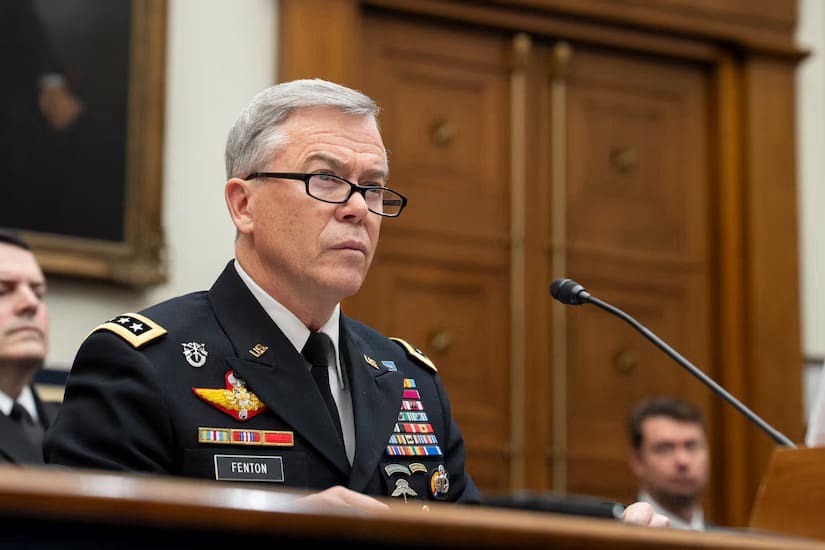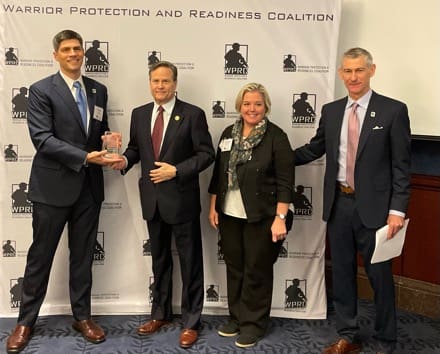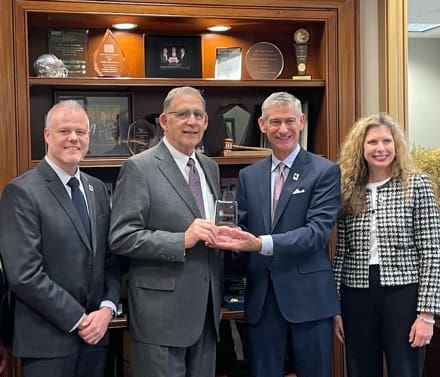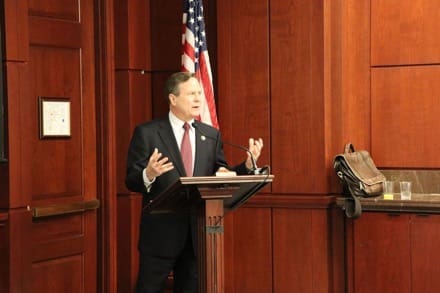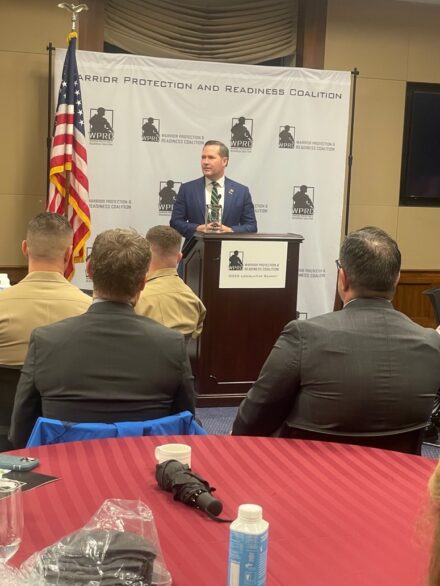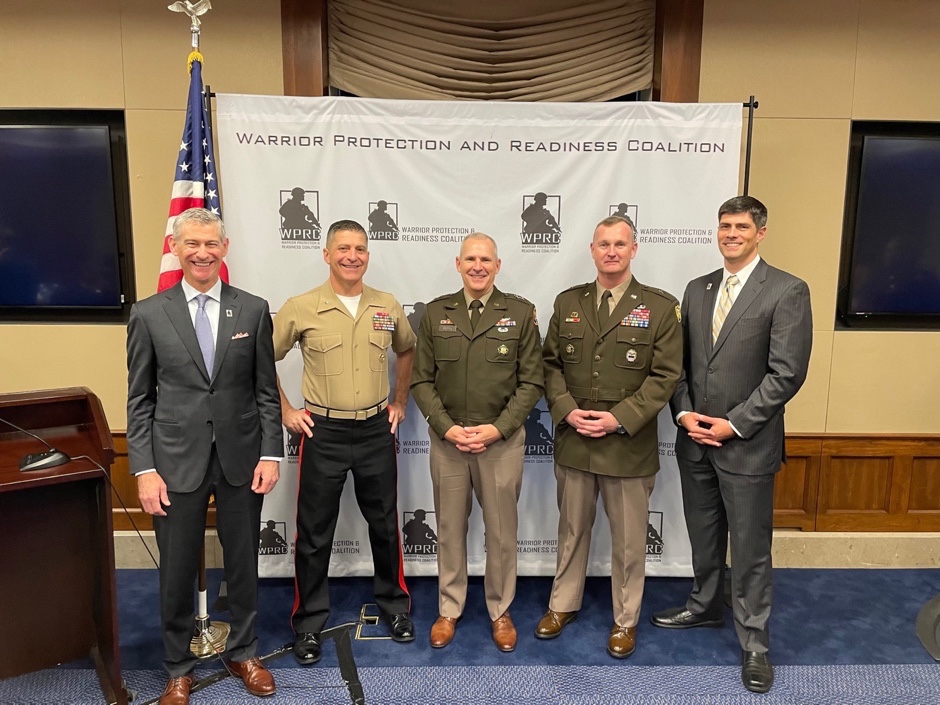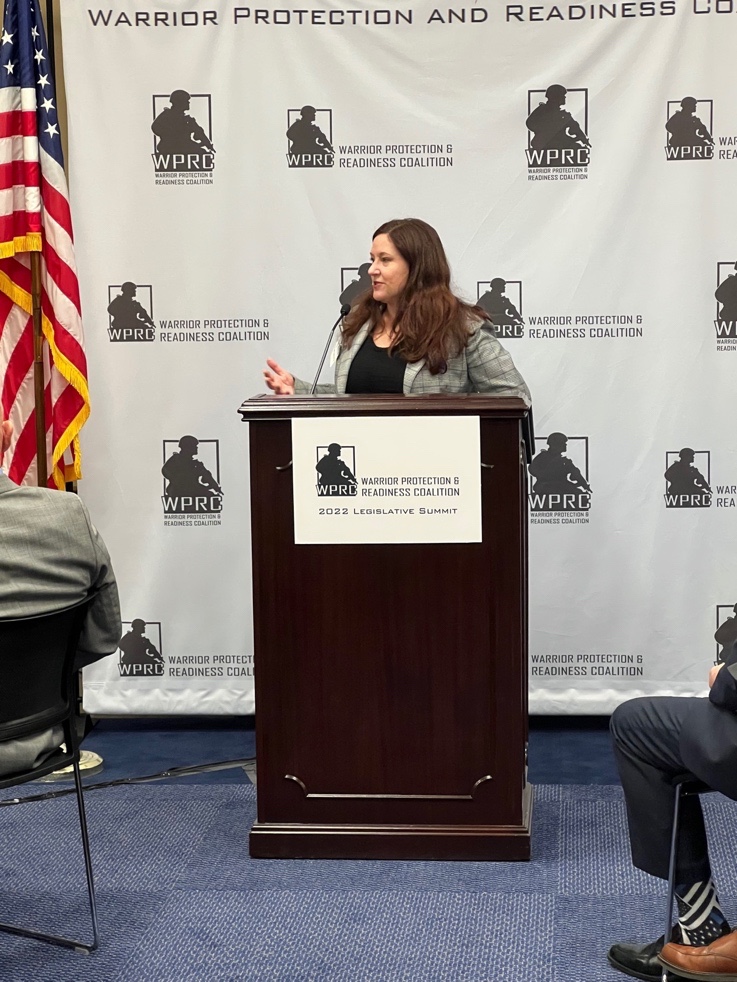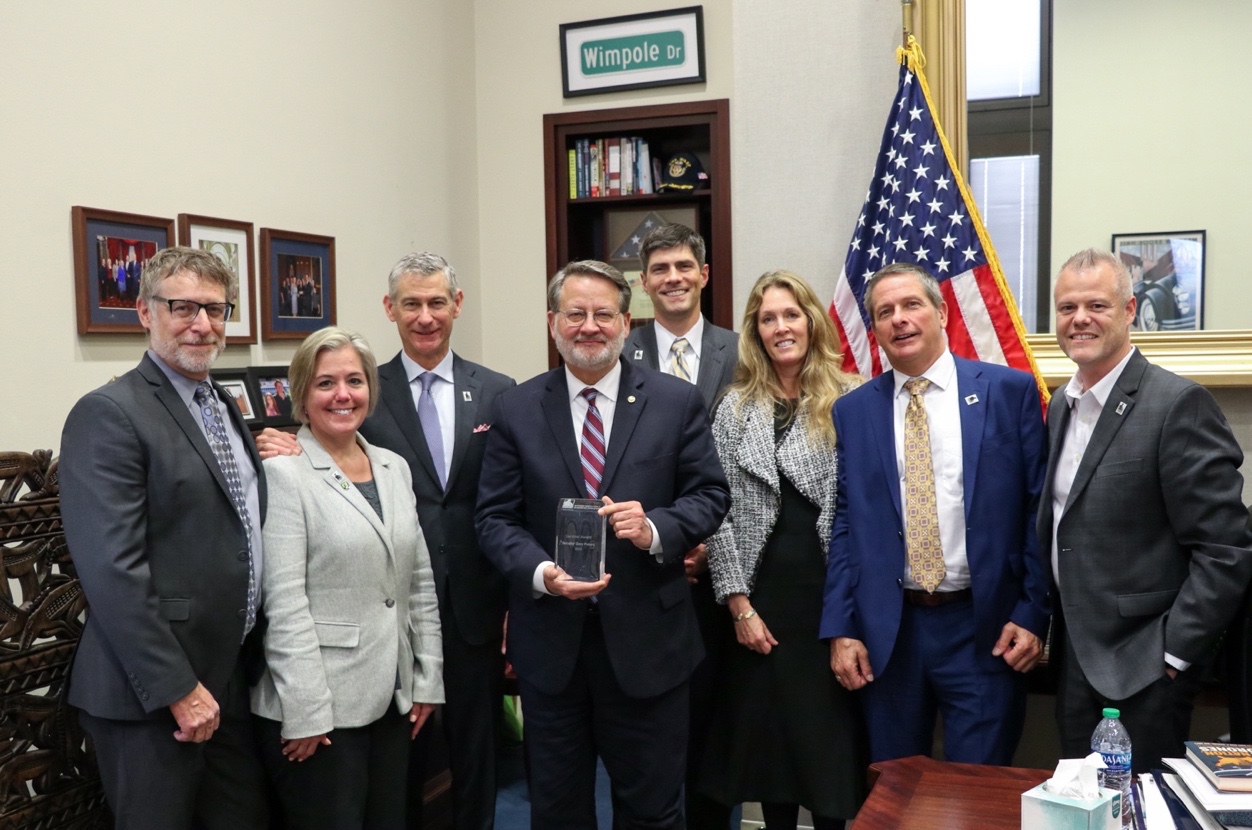The legislation will repeal the Federal Switchblade Act of 1958, and allow consumers to purchase any automatic knife legal in their state.
Yes
September 7, 2017 – Cody, WY – The American Knife & Tool Institute (AKTI) and Senator Mike Crapo today announced the introduction of the Freedom of Commerce Act, legislation that will repeal the Federal Switchblade Act of 1958 (15 U.S.C. § 1241 – 1244) and allow consumers to purchase any automatic knife legal in their state, regardless of where it was manufactured. The legislation will also remove burdensome prohibitions on free trade, interstate commerce, and consumer choice.
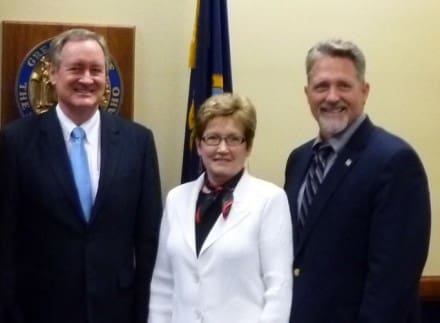
“In states allowing the possession of switchblades, it is imperative that law-abiding citizens and sportsmen have the ability to buy and sell the tools vital to their trade,” said Crapo. “This measure would remove one of the many federal regulatory burdens that have hindered manufacturing growth, interstate commerce and consumer practices for far too long.”
Automatic knives, which are defined based on their opening mechanism, are used primarily in the professional trades and by outdoor recreationalists. In both of these examples, the use of a one-handed knife that opens automatically is often critical to effectively and safely accomplishing the task. To illustrate, a roofer may carry an automatic knife in his pocket as part of his customary tools. While perched on a ladder, he only has one hand to open and lock the blade, making the automatic open a necessary feature. This same example could be used for a fisherman, who is holding his catch with his left hand while simultaneously using an automatic knife to cut the line of a swallowed hook with his right hand. In both cases, the task may be technically achievable with other tools, but is accomplished more quickly and more safely with an automatic knife.
To advance the legislation, AKTI will be working with the bill’s lead sponsor, Senator Mike Crapo, R-ID, to educate Members of Congress on what the Federal Switchblade Act is, how it hurts free trade, consumer choice, and interstate commerce. AKTI will be working with policymakers to explain the following:
What is the Federal Switchblade Act of 1958?
The Federal Switchblade Act of 1958 (FSA) leverages the federal government’s interstate commerce power to prohibit the purchase, sale, and trade of automatic knives between any and all of the 50 states, Washington, DC, any U.S. territories, and any place outside thereof.
The FSA does:
• prohibit the possession of automatic knives in U.S. territories and on Native American Reservations;
• prohibit a consumer from purchasing any automatic knife not manufactured in the state in which they are making the purchase;
• prohibit the importation of all foreign automatic knives, as well as knife parts, even if the manufacturer or importer is a U.S.-based company.
The FSA does not:
• prohibit the possession or sale of automatic knives within any U.S. state or the District of Columbia;
• apply to contracts entered into by the Department of Defense.
The FSA hurts consumers and knife manufacturers throughout the United States by using federal law to:
• limit consumer choice;
• create unnecessary burdens on manufacturers and retailers by prohibiting most out-of-state sales;
• impose a barrier on states’ rights to legislate the availability of a tool within their borders;
• infringe on free trade by outlawing the importation of automatic knives.
The Freedom of Commerce Act will:
• repeal 15 U.S.C. § 1241 – 1244;
• allow domestic manufacturers to ship and sell their products to buyers located in other states;
• permit the importation of automatic knives and knife parts.
The legislation will not:
• supplant or amend current state laws on automatic (or any other) knives;
• legalize the possession or carry of automatic knives (except for Native American Reservations and U.S. territories).
“Drafting legislation is always a balance between safisfying an emotional drive to fix something, and finding common sense mechanisms that will truly deliver a solution,” said CJ Buck, President of Buck Knives and AKTI. “In this bill, Senator Crapo has done an exceptional job of striking that balance in a way that will help knife owners and consumers, remove unnecessary federal burdens, and allow states to decide what tools are legal within their jurisdiction – as the Constitution guarantees. We’re thrilled to see this legislation introduced, and couldn’t be prouder to have Buck Knives’ senior senator leading the charge.”
“AKTI’s mission is to promote reasonable and responsible knife legislation and enforcement,” said AKTI’s Executive Director Jan Billeb. “We believe that law-abiding citizens should be able to carry and purchase their essential and valuable tools without the fear of arbitrary, inconsistent and ineffective government restrictions. We look forward to working with Senator Crapo and his team to educate lawmakers on the restrictions and burdens created by the Federal Switchblade Act, and how the Freedom of Commerce Act alleviates these problems.”
www.atki.org


